E-bike Disc Brakes: Mechanical vs. Hydraulic

What is the main difference between mechanical disc brakes and hydraulic disc brakes? Before you go out and buy your first e-bike, there are a lot of factors you should consider first. The performance of an e-bike is affected by each component. Whether you know it or not, the brakes on your e-bike are very important. Although most braking systems look the same, they are not. For starters, you have to keep in mind how you will use your e-bike. When buying an e-bike, you need to be clear that it has brakes you think you can trust. It is especially important to understand the braking systems of e-bike, so you must be very aware of the differences between the various types of e-bike braking systems.
It has to be said that the braking system is related to the deceleration speed and stopping stability of the e-bike. We all know that all e-bikes worth buying come with disc brakes, even cheap electric mountain bikes. Today, you can find disc brakes on almost any category of an e-bike, from e-bikes and road bikes to full-suspension mountain bikes and gravel bikes. Disc brakes are mechanical disc brakes and hydraulic disc brakes. These two types of braking have different advantages and costs. Thus, we recommend comparing the two braking systems before buying an e-bike to choose the one that works best for you. This guide is designed to help you understand these braking systems and their key differences. This way, you can make an informed decision when buying an e-bike or replacing your brakes. Ready to learn with us?
Disc brakes
Disc brakes are made up of three main components: rotors, calipers, and friction pads. When the caliper clamps on the spinning rotor, the pads are the wearing components that generate friction. While rim brakes apply braking power directly to the rim of each wheel, disc brakes do not.
Disc brakes, on the other hand, move the braking surface from the rim to the rotor. The rotors are mounted on the hubs, while the calipers are mounted on the forks close to the axle. This design is more like what you see on e-bike brakes and has been used on mountain and trail bikes for years because the calipers are less likely to get clogged with mud.
Another major difference is how each braking system is activated. Rim brakes use a cable system to close the calipers on the rim. For disc brake systems, the main difference between mechanical disc brakes and hydraulic disc brakes is how the braking force is transferred from the lever to the disc. Next, we'll keep looking into it.
Mechanical Disc Brake
There are two basic types of hydraulic disc brakes: mechanical and hydraulic disc brakes. Mechanical disc brakes use a piston and brake pads to provide brake pressure to a rotating disc. However, the lever and piston transmit force in different ways.
A steel cable links the brake lever to the caliper, which is how mechanical disc brakes work. Most rim brakes, such as calipers, cantilevers, and V-brakes, operate in the same way. Some cable routing systems can be very hard to understand, prone to wear and tear, and affected by friction inside the routing system.
Hydraulic Disc Brakes
The little hydraulic tank for storing mineral oil that is a feature of hydraulic disc brake e-bikes may be seen on the brake lever. When you apply pressure to the brake lever, your hand's force acts on an internal piston to compress the fluid (i.e. mineral oil). The fluid is compressed and forced via the oil line to the brake caliper, where it pushes the piston, forces the brake pads to grip the brake disc, and ultimately creates a braking effect to stop the moving machine. In this way, hydraulic disc brakes function.
Comparison of Mechanical and Hydraulic Disc Brakes
While both types of brakes will ensure your e-bike comes to a swift halt, they each offer advantages and disadvantages. In this section, we shall contrast mechanical disc brakes vs hydraulic disc brakes.
-
Pricing
Mechanical disc brakes are generally less expensive than hydraulic disc brakes, both the brakes themselves and the e-bikes that come with them. The maintenance costs of mechanical disc brakes are greatly reduced compared to hydraulic disc brakes because the cables only cost a few euros. In addition, you only need to have a basic understanding of basic electric bike repair tools, and you can also do DIY repairs at home. Because it's much simpler and easier to build, you don't need to spend money on a professional e-bike repair shop.
When purchasing hydraulic disc brakes or e-bikes equipped with them, you will discover that they are more expensive than mechanical disc brakes. While you can retrofit either sort of mechanical disc brakes to an e-bike with hydraulic disc brakes, the process is time-consuming and costly because hydraulic disc brakes require hydraulic-specific levers and if attached to an e-bike with internal wiring. Much relies on the application and the degree of installation and use complexity.
-
Operational Ease and Consistent Braking
Hydraulic disc brakes provide a smoother and more consistent stopping experience than mechanical disc brakes. Hydraulics have a stronger "grabbing" sensation to them. As a result, pressing the lever is never unpleasant. Closed systems, on the other hand, are essentially dirt and debris-free. Braking power is more predictable and constant due to this consequence.
Friction is created when traveling through the housing of a mechanical disc brake. The enclosure is more vulnerable to soil contamination since it is open. As a result of this, the brakes may not function as smoothly as before. You'll have to use more force than normal to overcome this obstacle. As a result, the stopping power is inconsistent.
Having said that, mechanical disc brakes that are clean and well-adjusted perform quite consistently. A little more effort is all that is required.
-
Repair Parts
Mechanical disc brakes are easier to fix because they use cables and don't need any special tools, but they may be difficult to set up and wear out faster. Their levers and cables are sold in almost every bike shop.
On the other hand, it is more difficult to find parts for liquid disc brakes. Even though hydraulic disc brakes are very reliable, they are harder to fix because fluid drive systems often need special tools and a lot of knowledge to fix or adjust.
How to choose the best brakes for your e-bike?
Both types of braking systems have their strengths and weaknesses. In terms of stopping distance and performance, hydraulic disc brakes do a better job than mechanical disc brakes in every category. Hydraulic Disc Brakes Compared to mechanical brakes, hydraulic disc brakes offer better modulation, stronger stopping power, and less daily wear and tear.
When it comes to servicing, hydraulic disc brakes are more difficult to maintain than mechanical disc brakes, but hydraulic brakes require less regular maintenance than mechanical disc brakes.
The most important thing is to choose a perfect e-bike. We at Shengmilo have various types of e-bikes for everyone, such as road e-bikes, mountain e-bikes and folding e-bikes for city commuting and more. These e-bikes are each equipped with hydraulic disc brakes or mechanical disc brakes. Do you have a clearer view of them now? Hydraulic disc brakes that perform better but are cumbersome to maintain, or mechanical disc brakes that require regular maintenance but are more cost-effective, which one do you prefer? Check out more specs of Shengmilo e-bikes and choose the one you like best according to your budget!

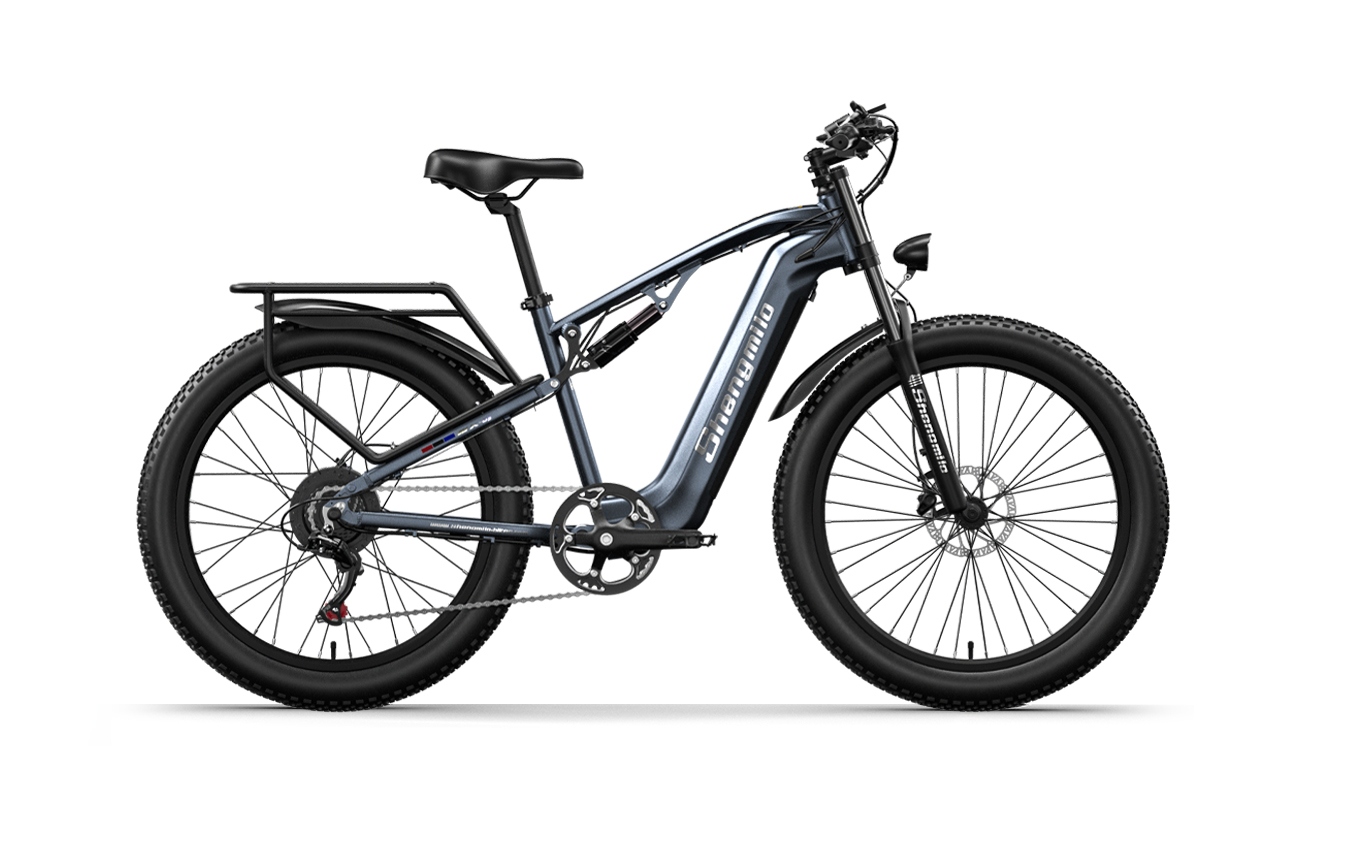
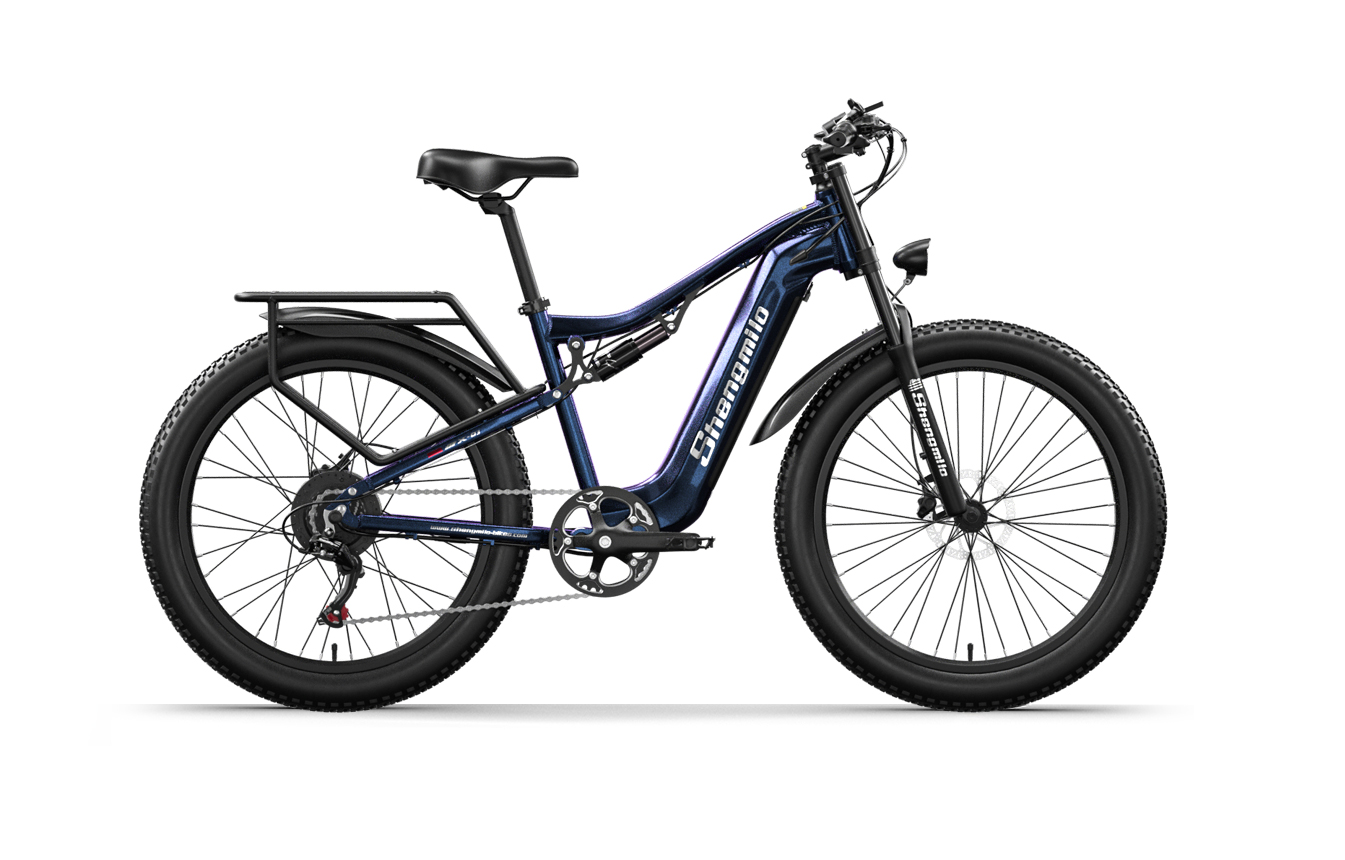
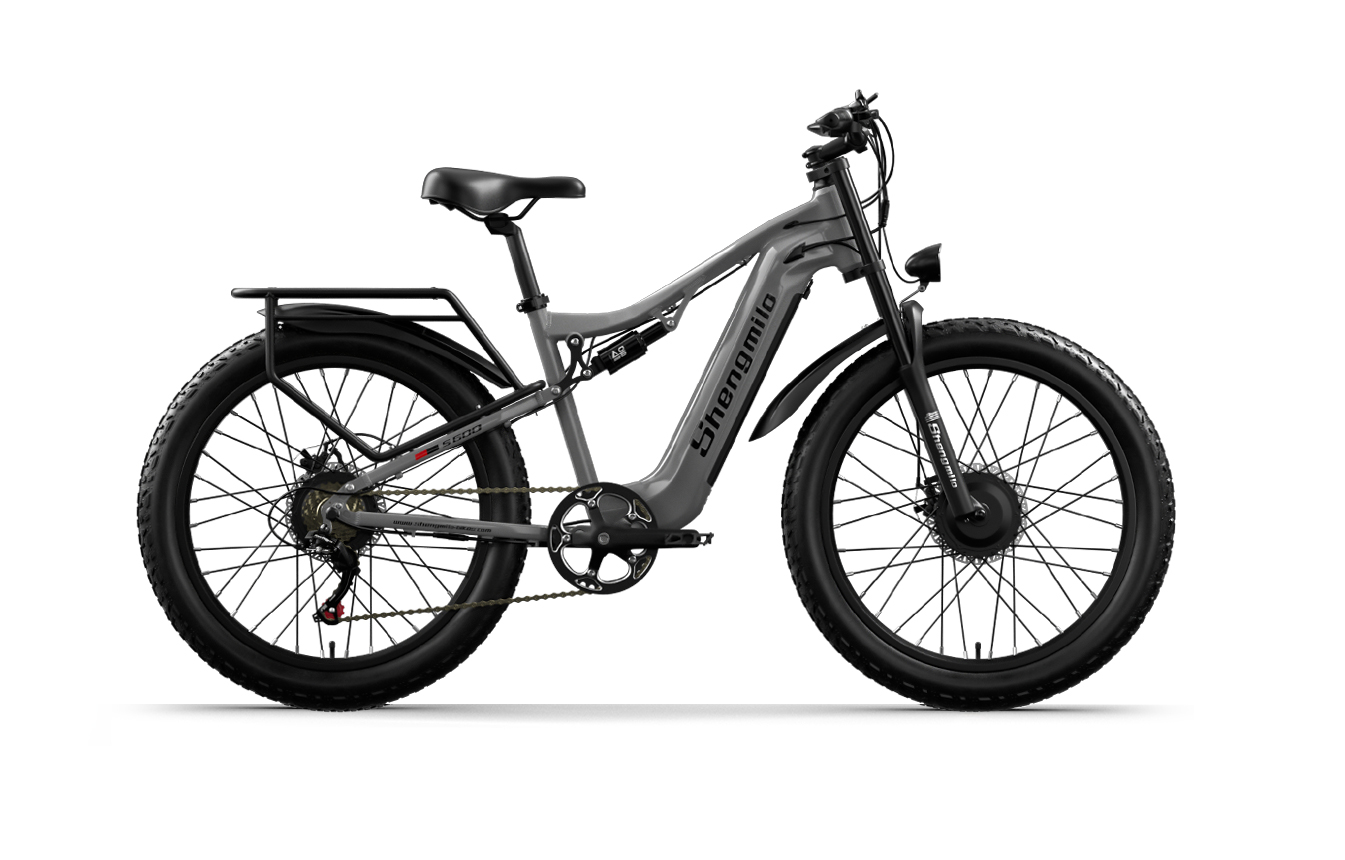
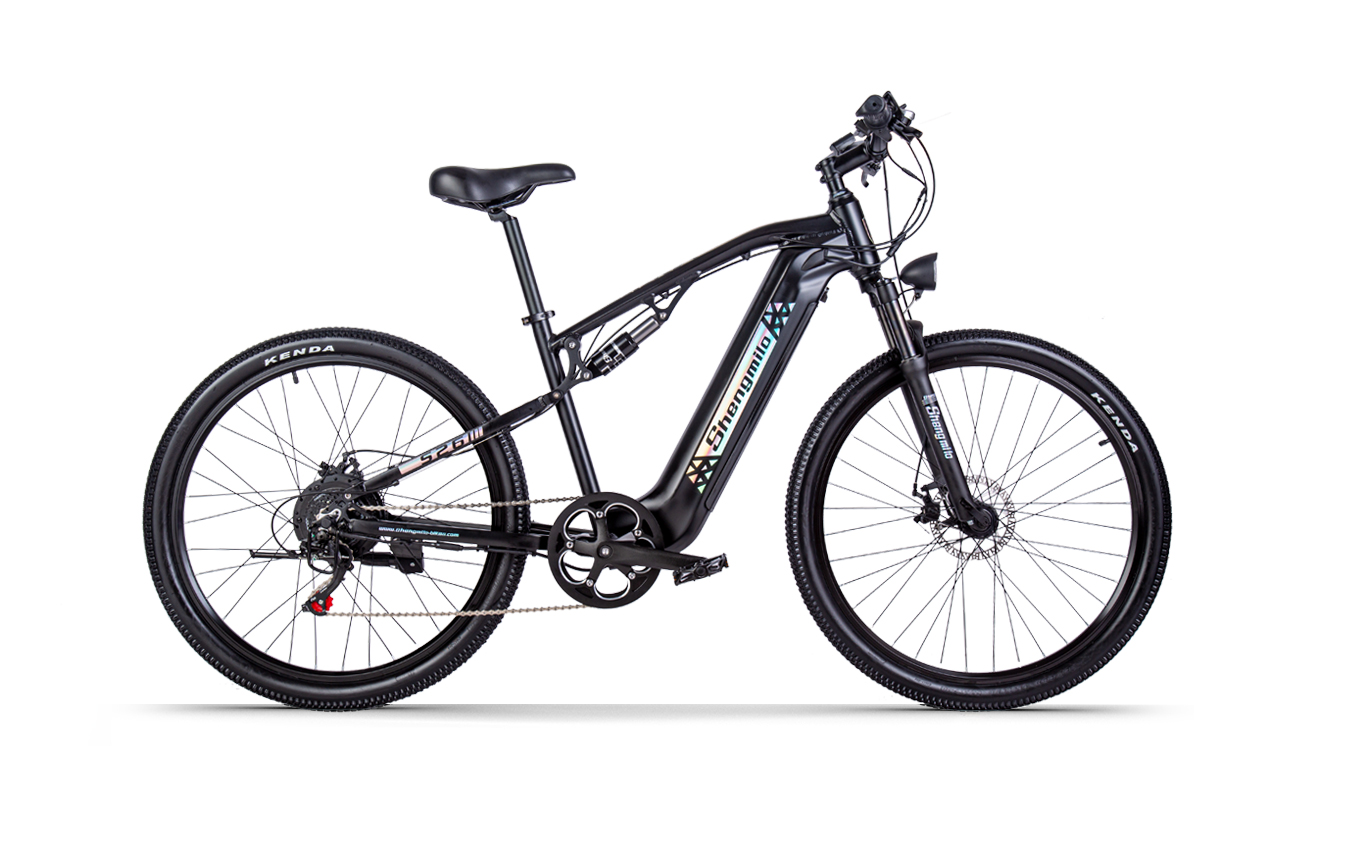
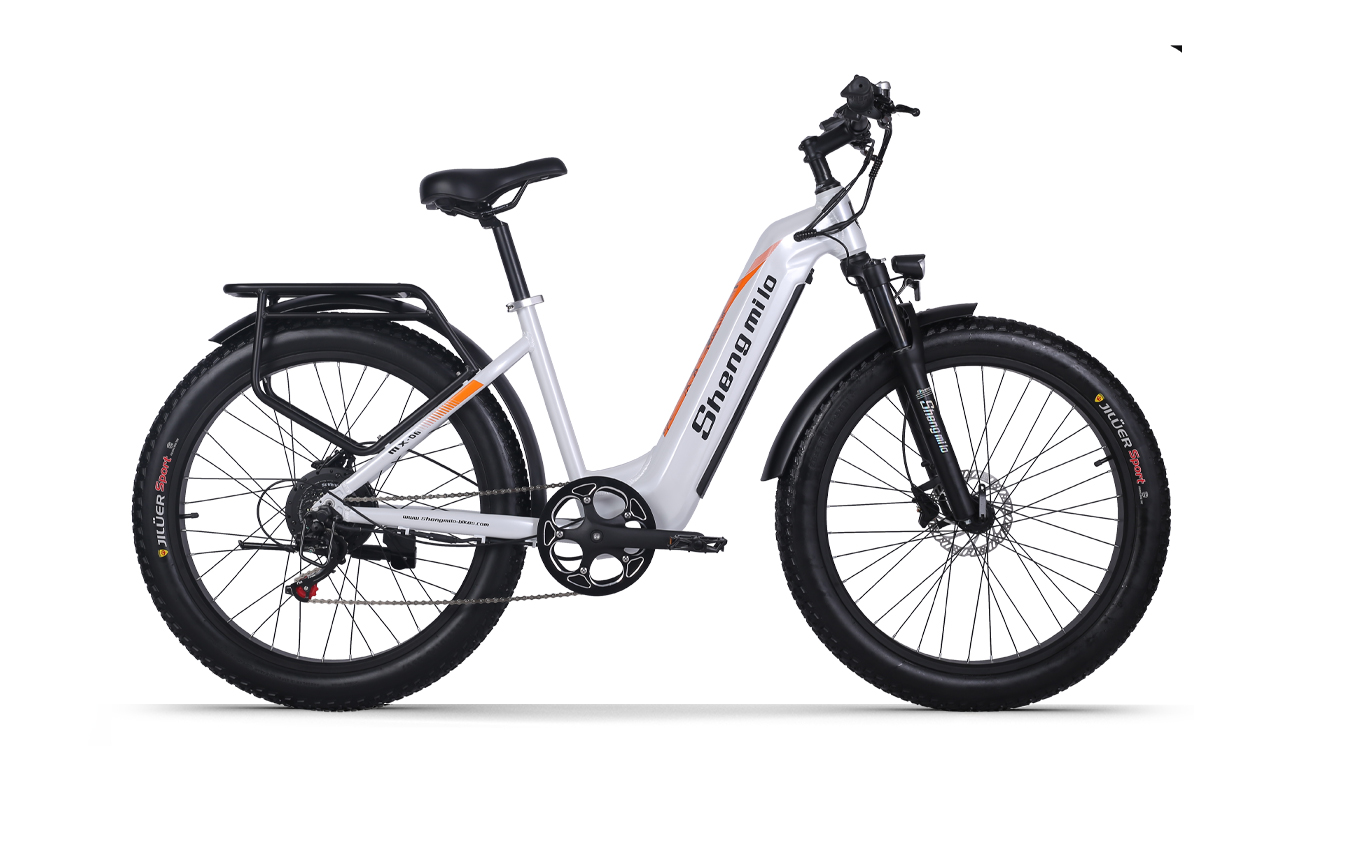
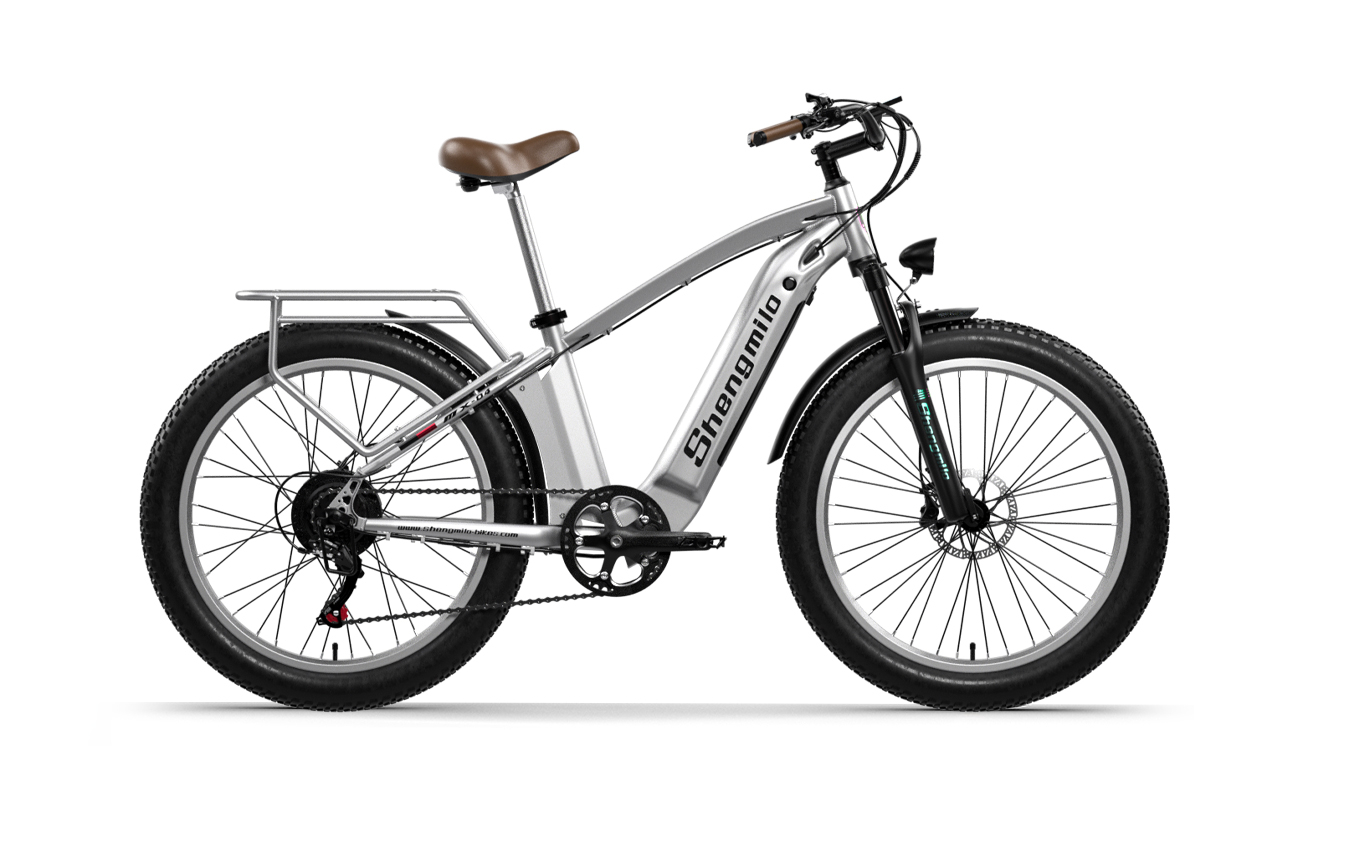
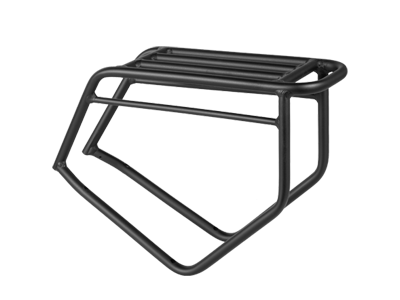
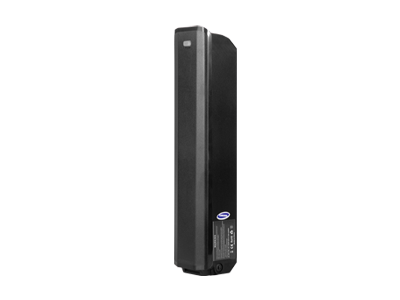
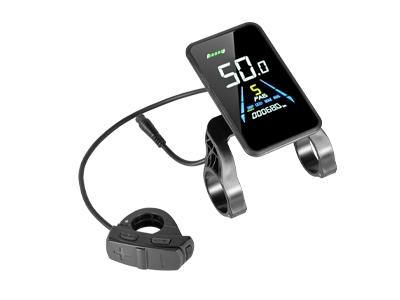
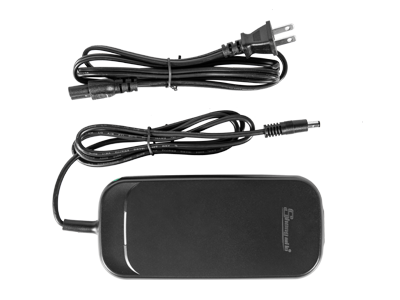
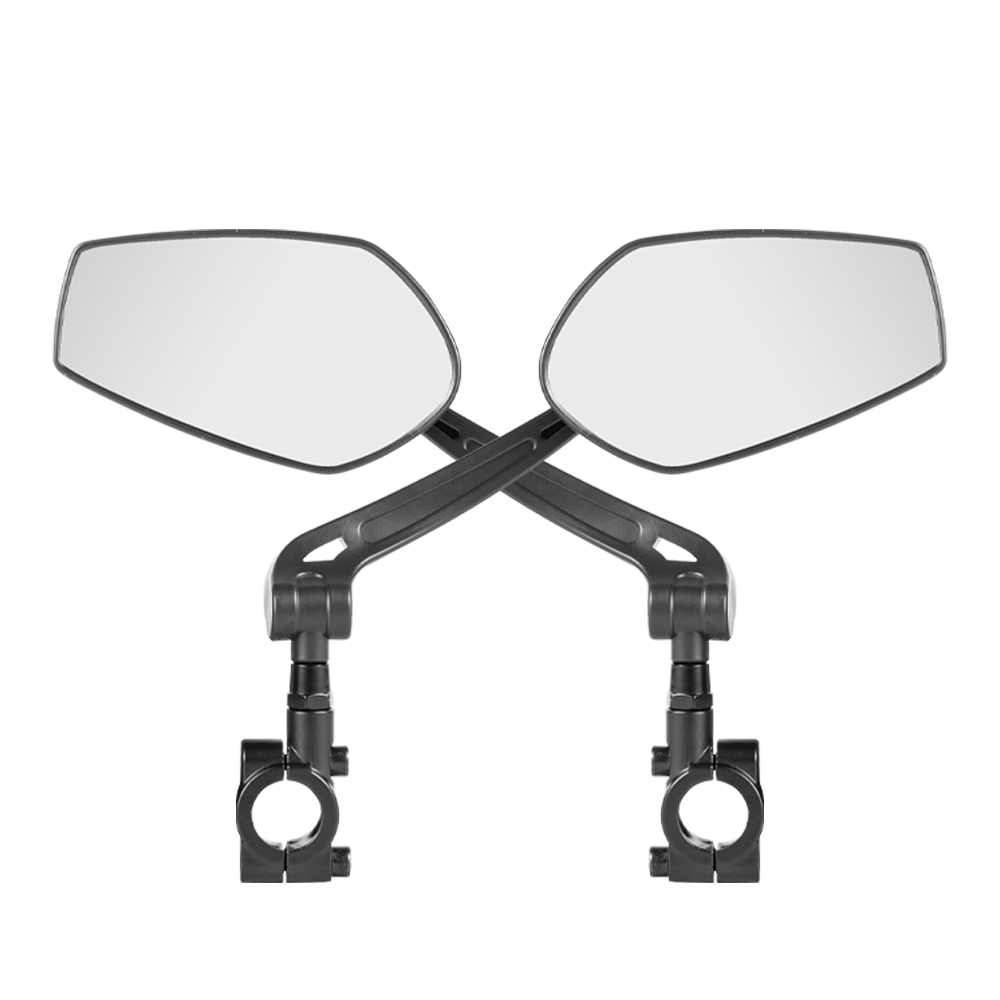
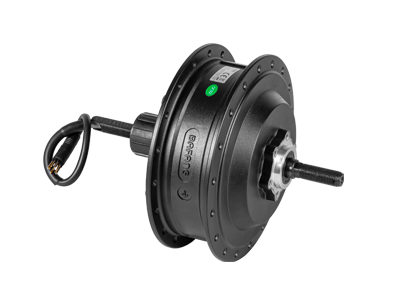
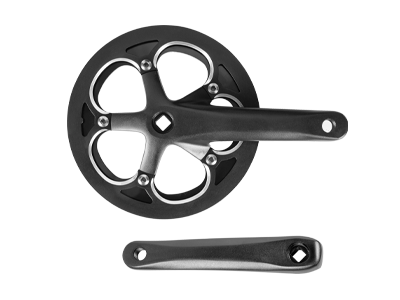
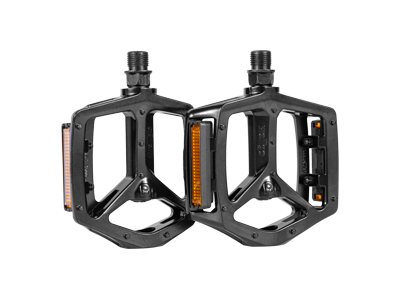
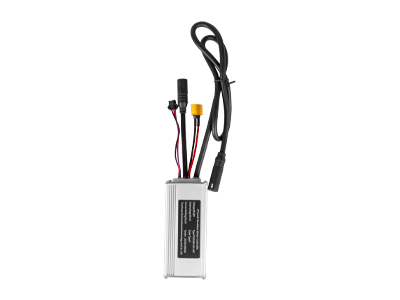
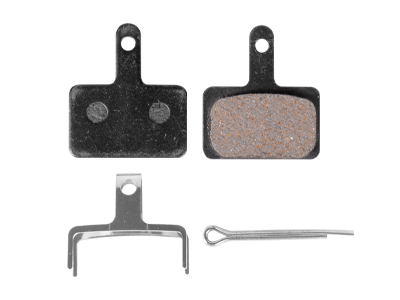
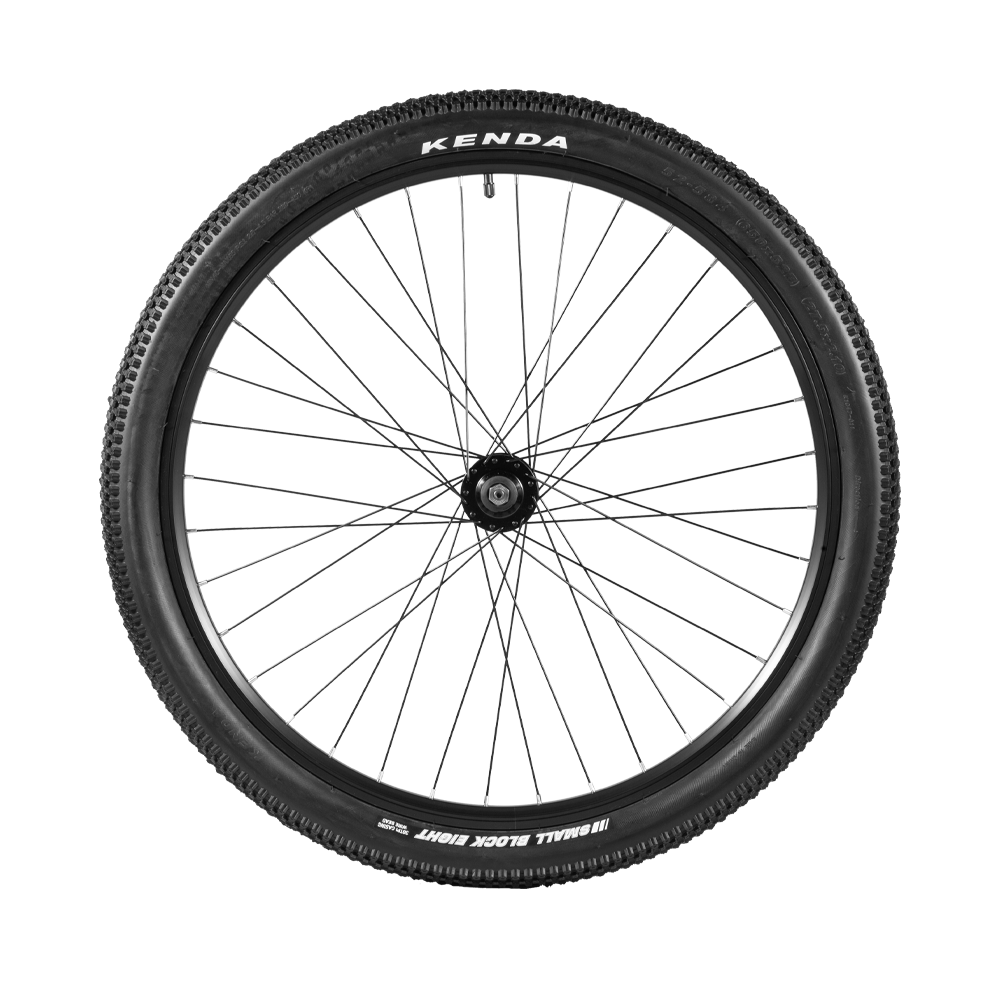






los frenos hidraulicos son mas eficaces, que los mecanicos.
cierto quelos mecanicos son mas sencillos pero yo me quedo con los hidraulicos.
Leave a comment